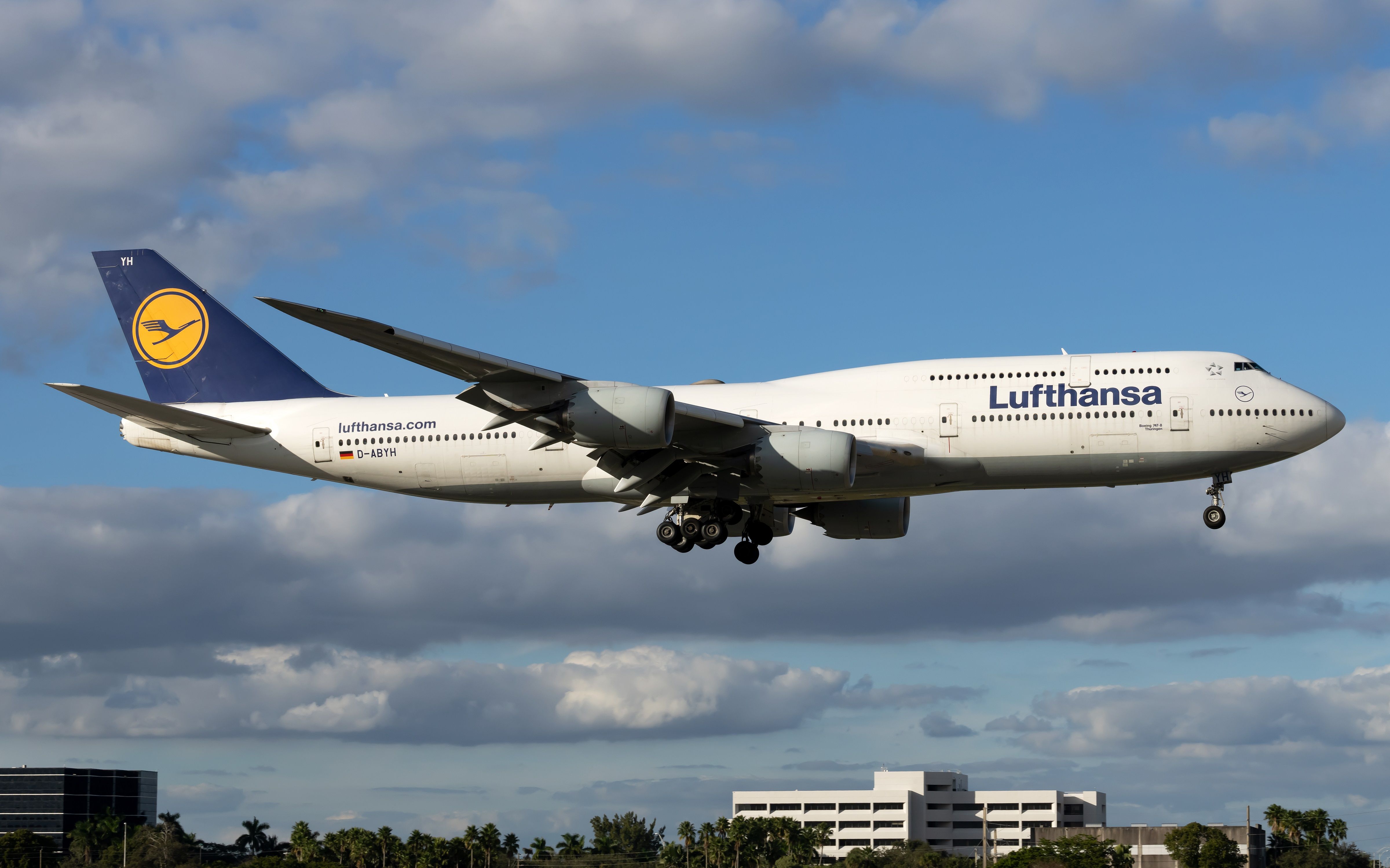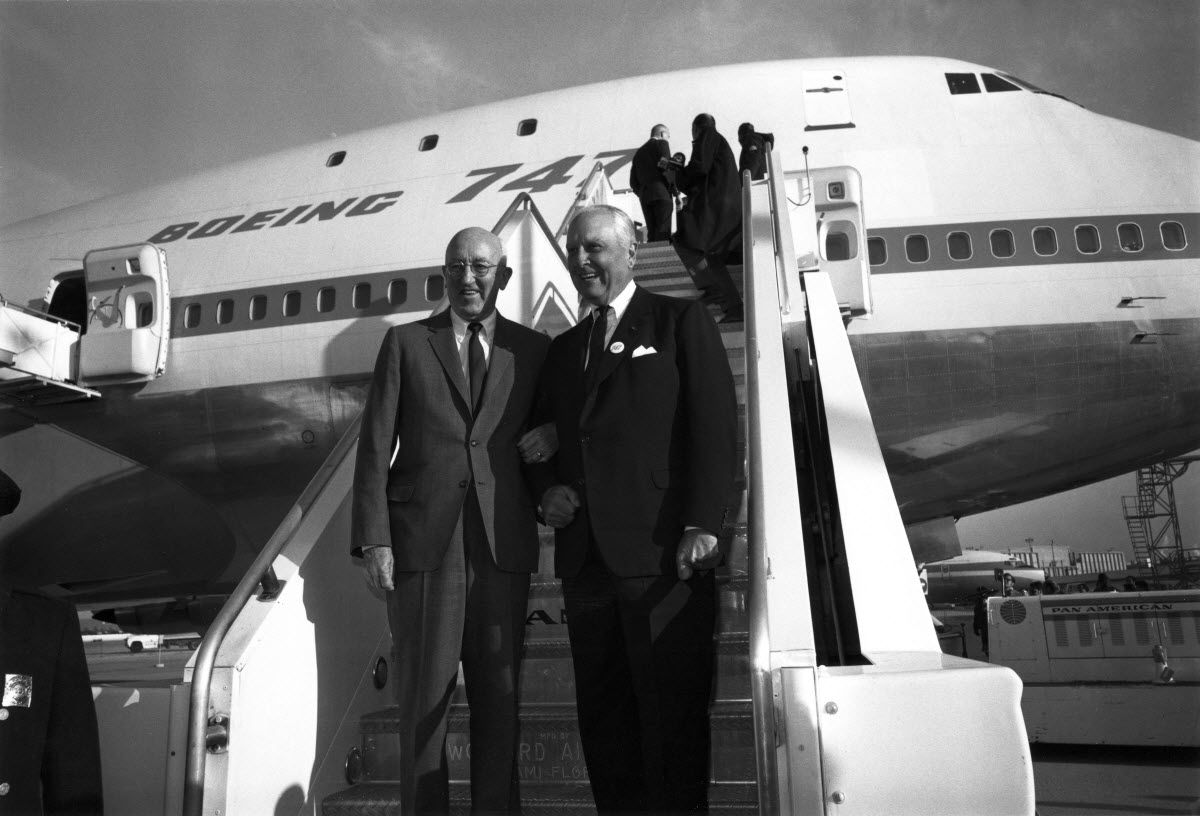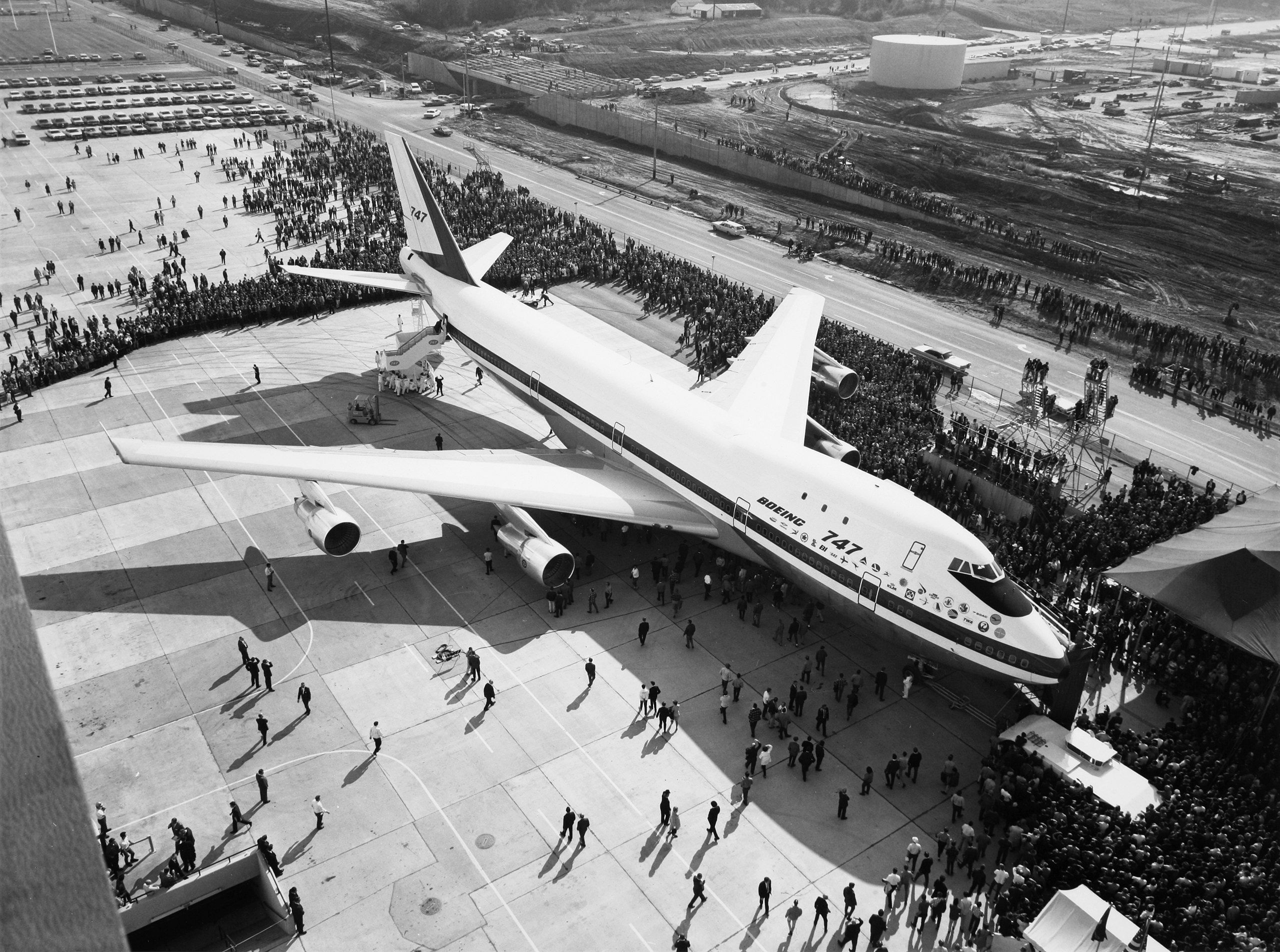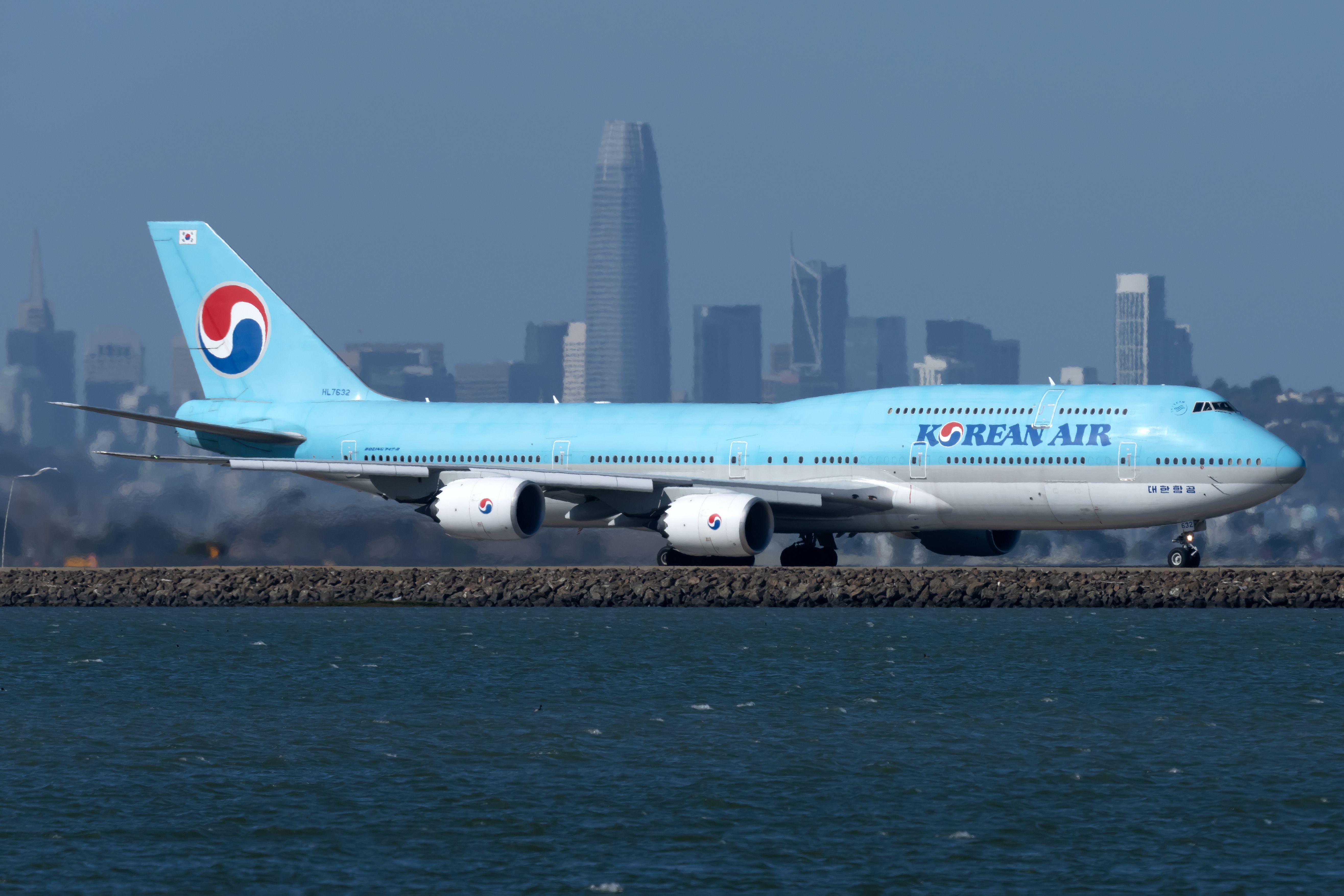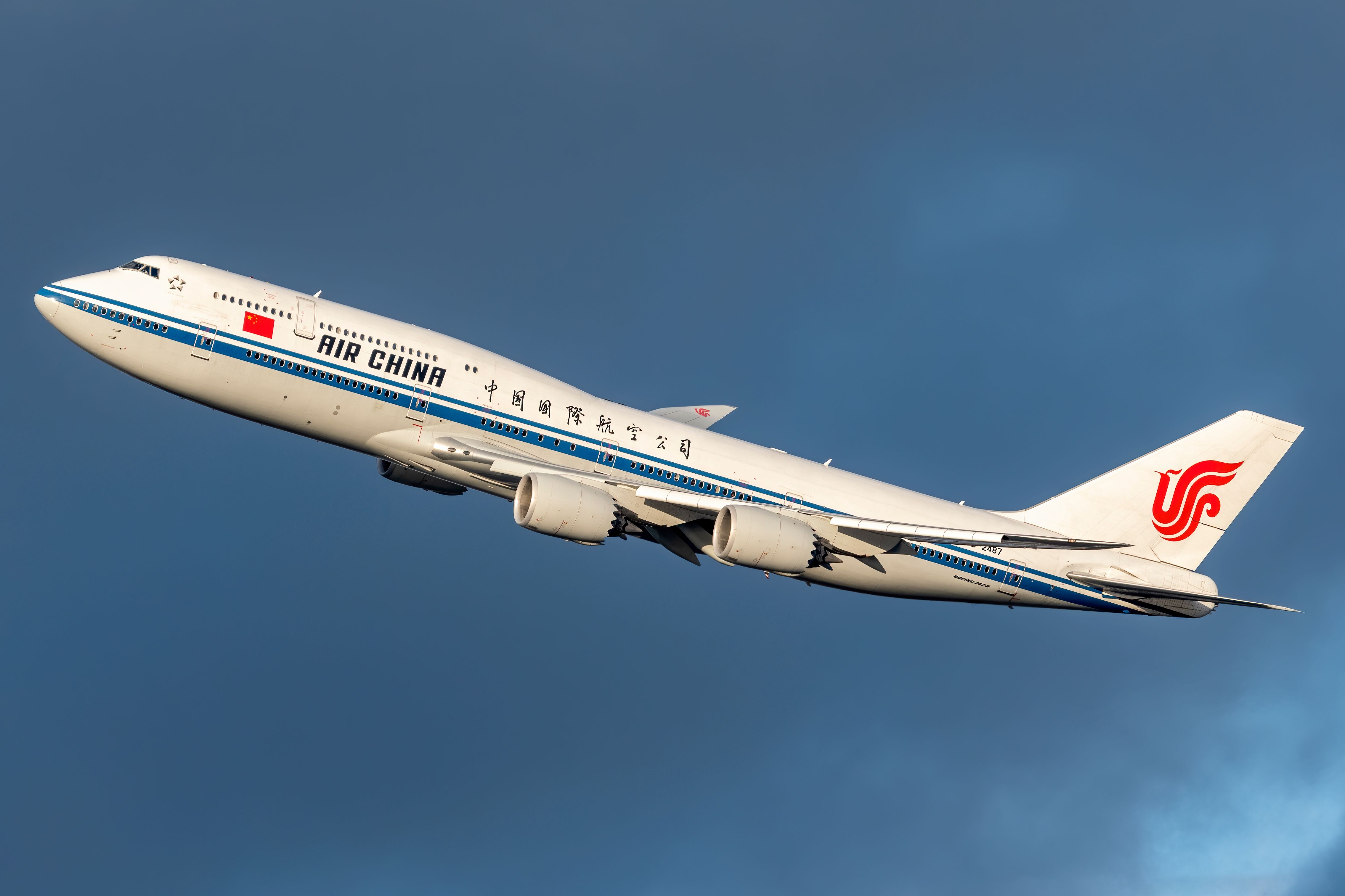With today being the 53rd anniversary of the Boeing 747's first commercial flight, you might be wondering how far the Boeing 747 has come from its first edition, the 747-100, to the modern Boeing 747-8. After all, the 'jumbo jet' had a production cycle that spanned some 54 years. As such, we shall now take an in-depth look at a comparison of the two types, which have various similarities and differences.
Launched in rather different eras
To begin, we should point out there are several factors that influenced the evolution of the Boeing 747 that make them very different aircraft. Originally built as a way to fix congestion at airports (Pan Am asked Boeing for a plane twice the size of the 707), the 747 would go on to have several other breakthroughs along the way. Boeing built the aircraft at a time when air travel was for the elite of society.
However, aviation changed considerably in the following decades, with the 747 playing a key role in this transition. After all, its lower per-seat costs allowed made the dream of commercial travel an achievable reality for passengers of all backgrounds. Years later, diverse, multi-class seating configurations would become common, but the trend began with the space offered on the 747.
Love aviation history? Discover more of our stories here!
Times have changed
With its four turbofan engines and greater fuel capacity levels, the Boeing 747 offered the longest range of any airliner in the world at the time of its launch. This allowed it to connect far-flung destinations, and made the world smaller for intercontinental travelers. However, the advent of ETOPS allowed twinjet aircraft to cross oceans as well, so airlines had to fill their 747s to make them worthwhile.
Technology has also come a long way since the first time that the Boeing 747-100 carried paying passengers, 53 years ago today. Today's aircraft, like the Airbus A350 and Boeing 787, use composite fuselages, specialized engines and modern cabin layouts that allow for better fuel economy, passengers and range. As such, the 747-8, the last of the line, is superior in nearly every way to its founder.
Comparing the passenger capacity
Perhaps the most obvious difference between the Boeing 747-100 and the 747-8 is the two aircraft's respective sizes. Not only is the 747-8 longer than the original model (76.25 m vs 70.7 m), but it also has a larger upper deck. These two factors combine to give it a significantly larger passenger capacity, as we shall now see.
The 747-100 (and, indeed, the 747-200 variant that followed it) had a typical three-class capacity of 366 passengers in the typical three-class configuration. This would have 32 passengers in first, 74 in business class, and 260 in economy class. The airframe itself was rated for a maximum of 440 to 550 passengers, depending on how the cabin is configured (and access to emergency exits).
Meanwhile, a typical three-class layout on the Boeing 747-8 will have space for more than 100 extra passengers, seating a grand total of 467 passengers onboard. Such a layout typically accommodates 24 passengers in first class, 87 in business class, and 356 in economy class. When it comes to exit limits, the Boeing 747-8 can carry a maximum of 495 to 605 passengers.
The layouts also changed dramatically over the years. The upstairs 'hump' switched from a lounge into a business cabin, and there are now more seats per row on the economy deck. But how do they compare in terms of range?
Ranking the respective ranges
In a typical configuration, the Boeing 747-100 had a range of 4,620 nautical miles (8,556 km). This helped it redefine long-haul travel forever, and, since then, the 747's range has only increased. This culminated in the 747-8, which can fly as far as 7,730 nautical miles (14,320 km) in a typical passenger configuration.
The range increase is due to several factors, such as better engines and aerodynamics on the Boeing 747-8. The 747-8 also incorporated several improvements from the Boeing 787 program that improved fuel burn and range.
The Boeing 747 has come a long way from the original 747-100 to the modern 747-8 model, and we can only imagine what improvements may have reached had the world not taken another course. For now, the story ends with the 747-8, but the spirit will live on in other Boeing aircraft. Either way, the 'jumbo jet' will go down in history as an airliner that changed commercial aviation forever.
What do you make of the differences between the Boeing 747-100 and the 747-8? Which variants o the 'jumbo jet' have you flown on? Let us know your thoughts and experiences in the comments!

